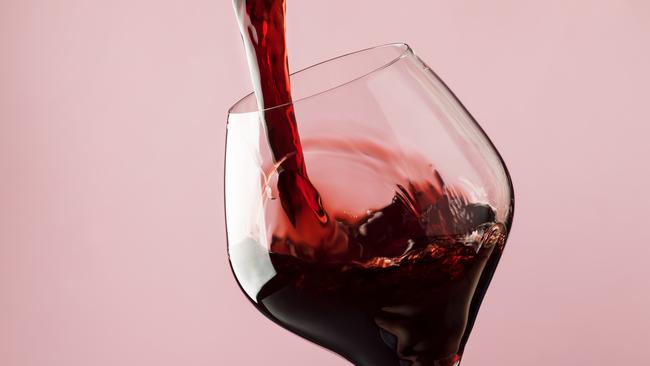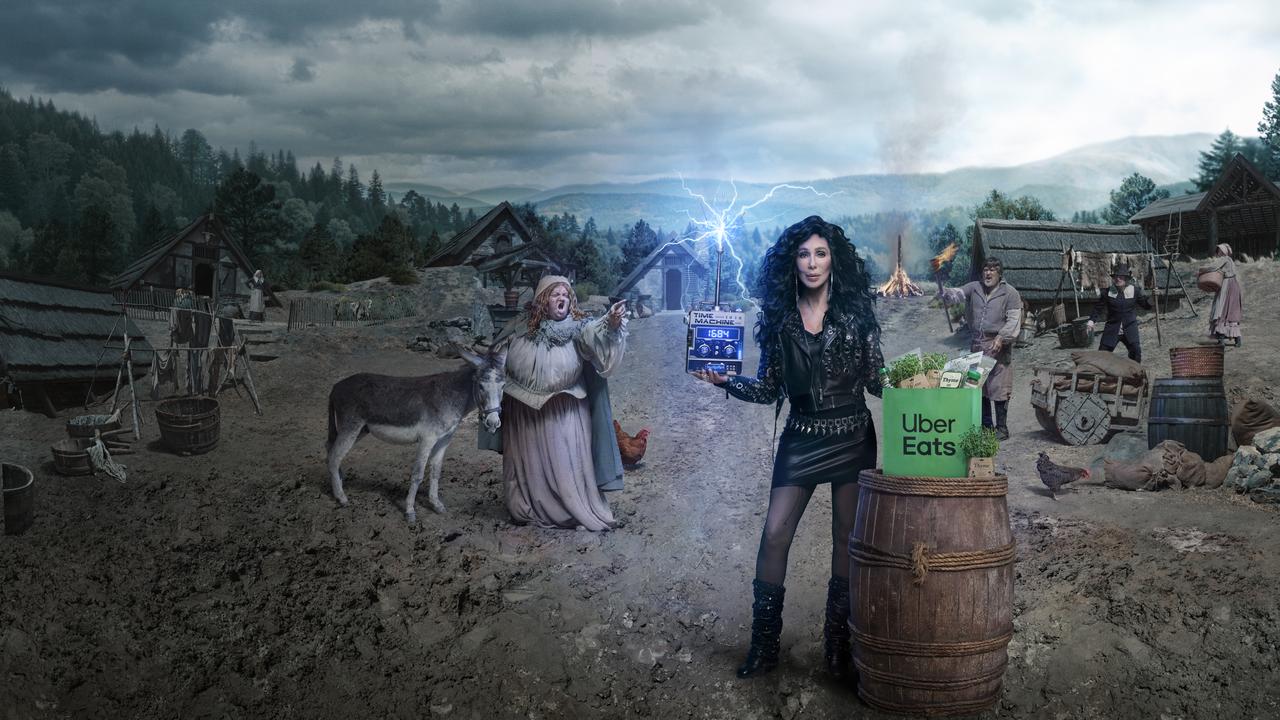Why slow motion really does help sell luxury goods
Slowed-down video makes viewers feel more immersed in the scene — and gives them greater pleasure, according to new research.

Imagine a car advertisement. Or a beauty-product spot. If it’s for a luxury brand, or for one that is hoping to achieve such status, there’s a good chance it uses slow motion.
Why is that? And does it work?
According to a new study, the answer to the second question is yes. And the reason it works is that slowed-down video can make viewers feel like they are immersed in the scene, which leads them to anticipate greater pleasure when the featured product appears. The end result: They perceive the product to be high-end.
A few years ago, David Dubois, an associate professor of marketing at Insead business school in Fontainebleau, France, began closely looking at Super Bowl ads across the years, and found that one-third of them employed speed-altering techniques.
“Among these ads, the vast majority featured products in slow motion,” he says.
He then interviewed luxury-brand managers who confirmed that their creative agencies did, in fact, instinctively seem to decrease image speed in ad campaigns. The brand managers just didn’t know why.
“There seemed to be this natural association between luxury brands and slow-motion video,” says Dr Dubois. “We wanted to know what was driving this mechanism, when it works and when does it not, and whether there was a causal link.”
A 12-part study was born.
He first ran ads featuring chocolate brands on Facebook, inserting two versions to the feeds of about 12,000 random users in the US and Britain. When the chocolate was shown plopping at glacial speed into a bowl of melted chocolate, it earned a higher click-through rate than the same scene shown at regular speed.
To confirm this effect could be replicated, he recruited 171 wine drinkers near his university for what he promoted as a wine-tasting study. In a lab, Dr Dubois randomly assigned participants to a treatment group, which would watch an ad that featured slow-motion imagery, and a control group, which saw the same ad with no speed alteration. Both groups were given glasses of the same midmarket wine that they were told was the star of the spot.
“Even after they tasted the wine, those who saw the ad with wine slowly swirling in a glass perceived it as more expensive than those who saw the untreated ad,” says Dr Dubois. In fact, in a separate online experiment, in which a treatment group watched the clip for the wine in slow motion and a control group at regular speed, the treatment group was willing to pay, on average, $31 versus the control group’s $27 for the exact same bottle of wine.
Dr Dubois followed similar research designs across five categories, including utilitarian products such as shampoo and water, as well as indulgent ones like chocolate, and the results were the same.
Another important point: while he used no people in his ads, he cites another recent study that suggests that the presence of a person may diminish the immersive effect of slow-motion videography.
“When there is a protagonist in the ad who consumes the product in a slower fashion than would be considered normal, that might backfire, since viewers tend to believe the brand and the person are not genuine,” Dr Dubois says.
The professor’s research suggests that brand managers can employ slow-motion imagery as an easy and affordable way to convey a perception of luxury, especially for new products without a fixed reputation or established brands that want to maintain their opulent bona fides.
“From cosmetics to food, brands can try to incorporate slow-motion video very cheaply and effectively,” says the professor.
“As everything moves to video, this is an easily accessible tool that’s already in companies’ toolboxes.”
-
The Wall Street Journal




